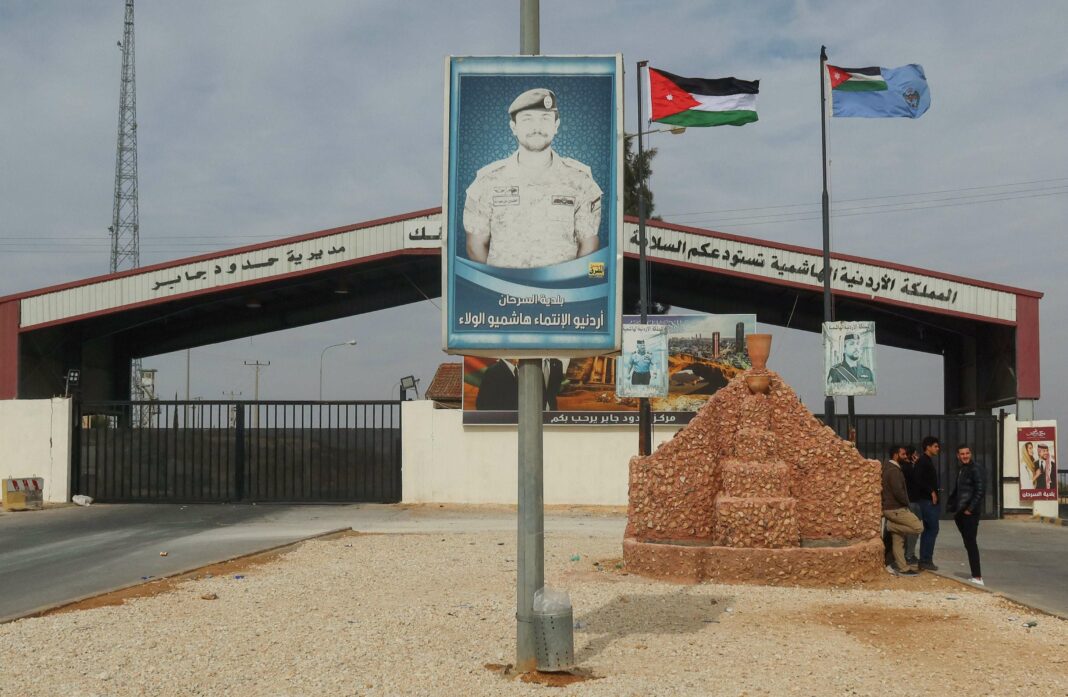Syrians are returning to their homeland after years of exile, filled with a mix of hope and uncertainty about the future. Young engineer Faiza Haylani expresses joy at the end of oppression but worries about governance by rebels. At border crossings, many travelers, including refugees like Hamze al-Haridi and those awaiting family reunions, share stories of anticipation and anxiety. As conditions change, families hold onto hope for lost loved ones, reflecting the complex emotions surrounding their return.
Hope and Uncertainty as Syrians Return Home
Faiza Haylani occupies a seat in the third row of a crowded beige tour bus, surrounded by other passengers and a heap of luggage. At just 26 years old, she radiates joy as she expresses her relief: “I am so happy because the oppression has finally come to an end.” Yet, amid her happiness, a sense of apprehension lingers. “I don’t know how the rebels will govern – the future is completely open,” she admits, reflecting the uncertainty many feel about the new political landscape.
The young engineer hails from Aleppo, the first major city seized by the Islamist HTS militia during their swift advance. Just days later, the militants had reached Damascus. At border crossings from Turkey and Lebanon into Syria, thousands of Syrians are returning to their homeland after years away, often not having set foot there for over a decade.
Journeys Across the Jordanian Border
At the Jaber border crossing in the Jordanian desert, Monday remains relatively quiet. Most of the travelers are dual citizens of Jordan and Syria. Haylani, who also holds both nationalities thanks to her Jordanian husband, is allowed to cross the border. However, many Syrians without a Jordanian passport are still hesitant to take the risk of returning, as the Jordanian authorities have been strict about their re-entry.
As the bus commences its journey towards the border, Haylani expresses her optimism: “The most important thing is that there are no new fights.” Her feelings of hope contrast with the cautious attitudes of some travelers. Amidst the excitement, honking horns and joyous embraces fill the air, as Jordanian truck drivers flash victory signs upon their return from Syria.
Hamze al-Haridi, just 20 years old, is confident that renewed conflict among Syria’s various religious communities is unlikely. He reflects, “There was one person who repeatedly ignited the divisions in Syria: Bashar al-Assad – and he is gone now.” Having fled the violence as a child, Haridi hails from Daraa, the city where protests against the Assad regime first erupted in 2011. Currently registered as a refugee in Jordan, he works as a day laborer, eagerly awaiting his papers to return home after 13 long years. “God willing, I will return to my homeland tomorrow,” he beams, filled with anticipation.
While many are eager to return, others wait at the border for loved ones to emerge. Reda Alfrihat, dressed in a black-gray Adidas tracksuit and pink plush slippers, sits anxiously by the gate, smoking cigarettes as he awaits news of his brother Ibrahim. The brothers haven’t seen each other in 18 years due to Ibrahim’s imprisonment by Syrian authorities, a fate that Reda’s family endured with a hefty bribe to secure his well-being.
Recent news brings a glimmer of hope; Ibrahim was released after Islamist militants stormed the prison where he was held. Reda shares the harrowing details of Ibrahim’s imprisonment in Saidnaya, notorious for its brutal conditions. Despite the horrors recounted, Reda finds solace in a video from his brother, who appears unharmed, though he remains under interrogation by Jordanian police.
Meanwhile, Kamel Alnpules stands nearby, anxiously waiting for news about his father, who has been missing since his imprisonment in Saidnaya eleven years ago. As a Jordanian citizen with family roots in Damascus, Kamel feels a growing sense of hope now that the regime’s grip seems to be loosening. “Before Assad’s fall, I saw only a 10 percent chance of seeing my father again. Now it’s 90 percent,” he shares, determined to return to the border daily until he learns more about his father’s fate.
